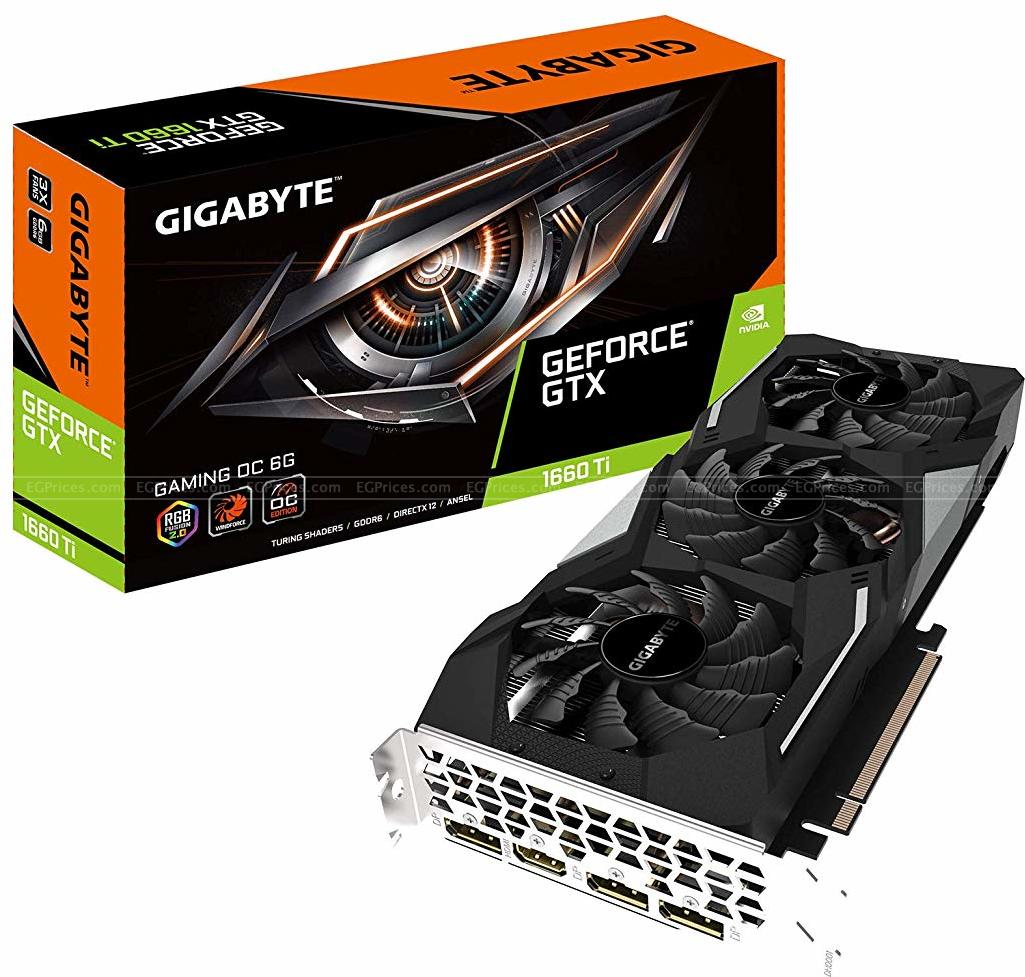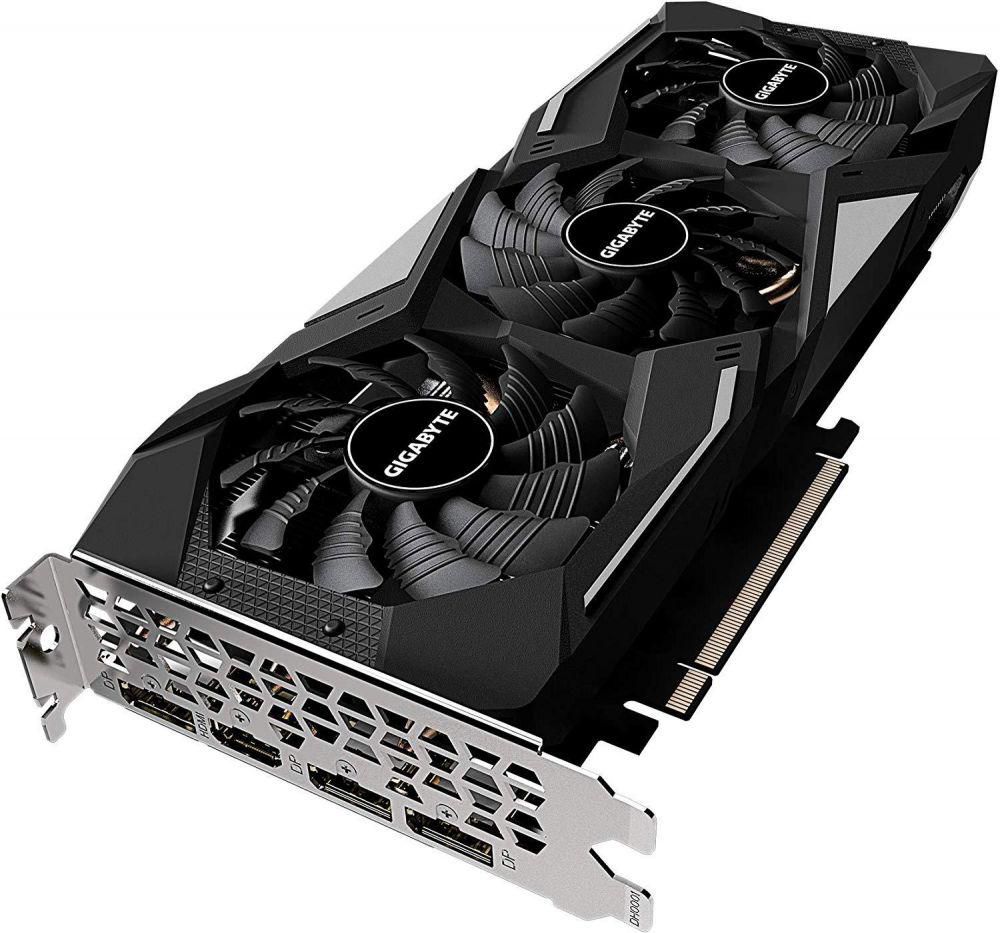
It even offers integrated media capture and game streaming features, including screenshots, video, and instant gif capture as well as compatibility with many popular streaming services such as Twitch, YouTube, Mixer, Facebook and more.ĪMD also offers a feature called Game Boost, which monitors your framerate and dynamically adjusts the resolution of your games when it won’t impact the visual experience to maximize performance.
#Nvidia geforce gtx 1660 ti 6gb gddr6 software#
The Radeon Software Adrenalin 2020 edition also lets launch games directly from the Radeon Software dashboard.
#Nvidia geforce gtx 1660 ti 6gb gddr6 update#
The company’s Radeon Software allows you to monitor your GPU’s temperature, fan speed and voltage, adjust the graphics settings for your games, access performance reports and game states, and update your GPU drivers.

Peak FP32 Compute (Based on Typical Boost)ĪMD offers a variety of software features for the Radeon RX 5500 XT. The higher capacity of faster GDDR6 memory also gives it a significant advantage. It’s manufactured on a smaller, more efficient process, offers a higher base and boost clock speed, and has a higher theoretical performance limit. The GeForce GTX 1660 falls right in the middle, with 6GB of graphics memory.īy the numbers, AMD’s RX 5500 XT appears to be the stronger of the two GPUs. But for this comparison, we’re focusing on the 8GB version. The Radeon RX 5500 XT is available in 4GB and 8GB configurations.

Theoretically, the NAVI 14 XTX has 224 GB/s of memory bandwidth to work with, compared to the 192 GB/s that TU116 offers. Nvidia does provide a larger 192-bit memory bus versus AMD’s 128-bit memory bus configuration, but the faster memory more than makes up for the difference in bus size. The RX 5500 XT also offers faster GDDR6 memory compared to the GTX 1660’s GDDR5 memory modules. As a result, the TU116-300-A1 is nearly twice the size of NAVI 14 XTX at 284 mm². Turing GPUs are also manufactured on TSMC’s finFET process, but Nvidia is working with a larger 12nm process. Thanks to TSMC’s 7nm finFET process, AMD’s GPU fits on a 158 mm² die.

Although it operates at a higher frequency and produces higher peak floating-point performance (5.2 TFLOPS vs the GTX 1660’s 5 TFLOPS).ĪMD’s NAVI 14 XTX features 6.4 billion transistors, which is 200 million fewer than the Turing TU116, but AMD crammed its chip into a much smaller package. AMD’s NAVI 14 XTX GPU features the same number of cores (1408) as the version of Nvidia’s Turing TU116-300-A1 chip found in the GTX 1660.


 0 kommentar(er)
0 kommentar(er)
